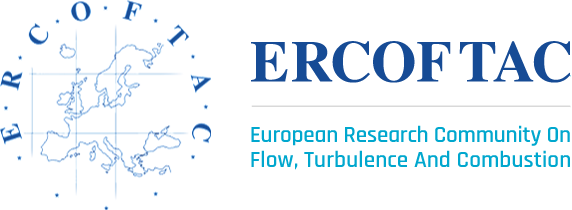3D Wakes
SIG’s objectives,motivations, plans, purposes and focus
Objectives
- Stimulate and foster new ideas in the understanding of 3D bluff body wakes and their control through experiments,simulations and theory
- Develop interactions on the topics between active research groups in Europe
- Development interactions with industrial groups, principally those within the automotive, aeronautics and civil engineering sectors
- Facilitate alignment of groups with a view to research funding proposals
Motivation & Landscape
There has recently been resurgence of activity around 3D wakes of bluff bodies. These have specific attributes particular to3D flows. A new type of dynamics has been recently discovered involving the random switching between two steady asymmetric mirror states of the wake. These symmetry breaking states are referred to as static states because their resting time is about two to three orders of magnitude larger than the natural convective time of the flow. It is a generic instability, observable for bodies having a reflectional symmetry in their geometries and for Reynolds numbers covering a wide range from a few hundred to a few millions. The asymmetric states are reminiscent of a steady pitchfork bifurcation at low Reynolds number from the trivial symmetric state. Each asymmetric state breaks the reflectional symmetry and it is associated with a large cross flow force, which consequently produces a substantial additional drag on the bluff body compared to the symmetric state. These observations have been generalized to axisymmetric geometries where the only two asymmetric states are replaced by an infinite number of asymmetric states due to the multiplicity of reflectional symmetries of the axisymmetric geometry. For large Reynolds numbers, the turbulent fluctuations allow the system to explore randomly the static asymmetric states.These features differ from the common approach adopted in flow control of 2Dwakes and based on the unsteady, periodic modes originating from the Bénard-von Kármán instability.
This SIG aims at furthering the understanding of these basic concepts as well as exploiting them for drag reduction. These applications are of direct relevance to the transport sector, such as generated by road vehicles, landing platform docks, fighters at large angle of attack, to name but a few. There are other potential applications, such as civil engineering for the structural integrity of buildings. The challenge is to stabilize the flow on the symmetric state using flow control. In addition to the reduction of force fluctuations that the stabilization will produce, potential gains as much as10% in pressure drag reduction can reasonably be expected for flat backed bodies.
Related Events
3D Wakes
ERCOFTAC SIG47 Workshop Keynote Speakers: G. Rigas, Imperial College London, UK E. Boujo , École Polytechnique de Lausanne, Switzerland M. Lorite Díez , Universidad de Granada, Spain B. Podvin, Université Paris-Saclay, France Organising Committee: J. Morrison,
10 Apr 2024Related News
Workshop ”3D Wakes” - Report
The ERCOFTAC Workshop ”3D Wakes” https://www.imperial.ac.uk/aeronautics/ercoftac/ took place on the 10 th , 11 th and 12 th April 2024 at Imperial College in London, UK. Each of the four half day sessions, starting Wednesday afternoon and ending Friday after lunch, was introduced by a 1
22 May 2024
